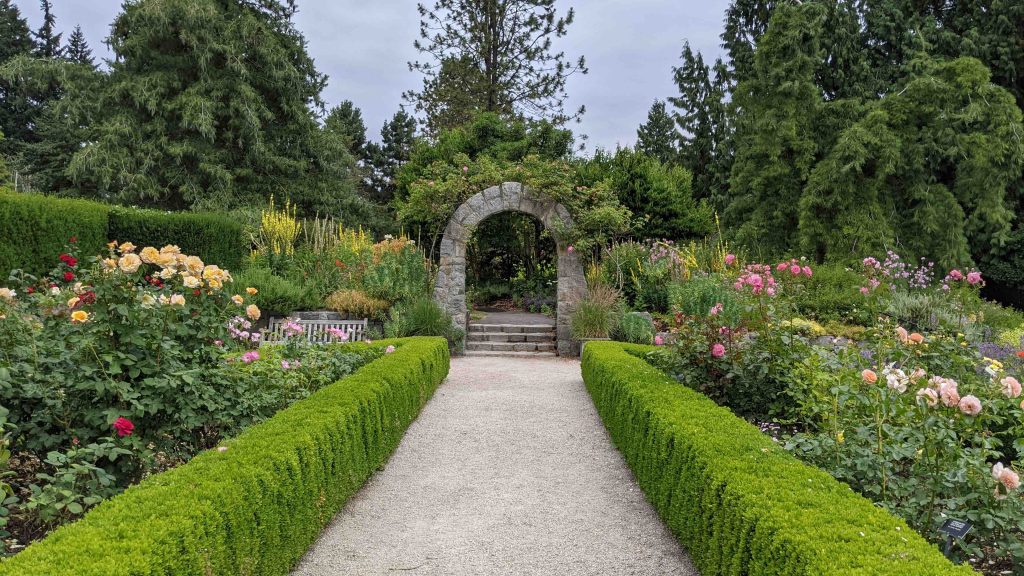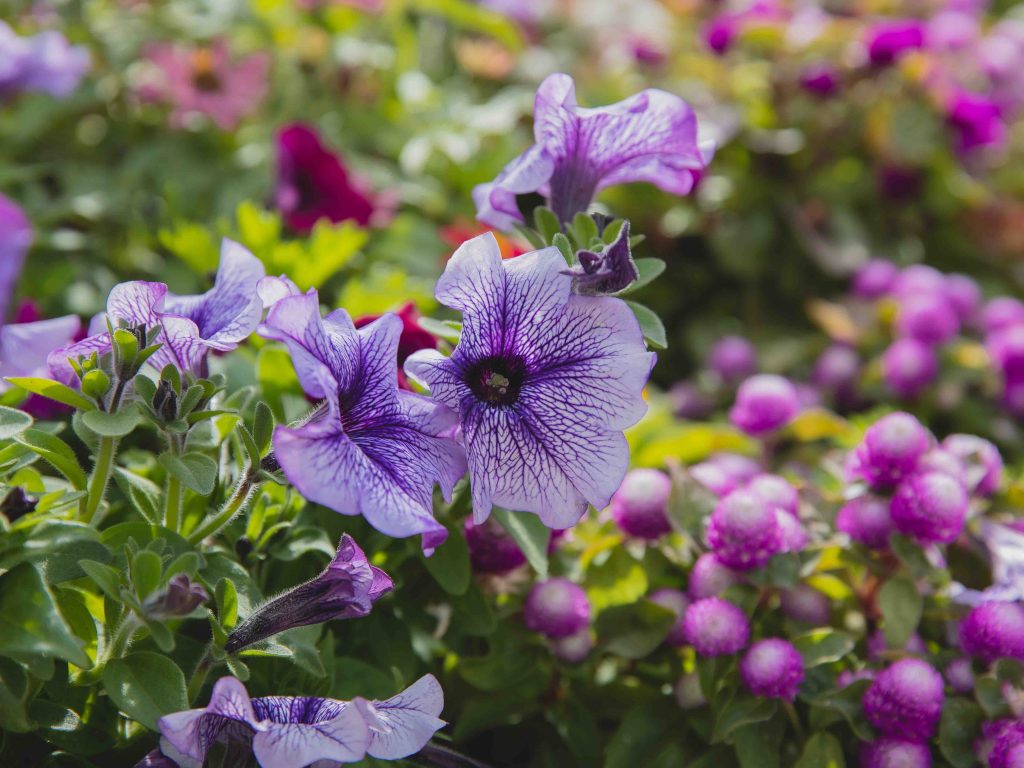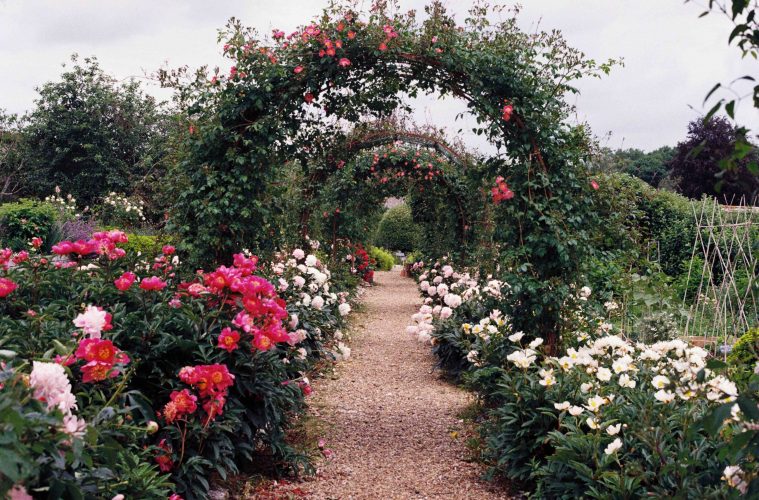Although generally geared toward interior design, the principles of maximalism apply to your garden too.
How to incorporate maximalism to your garden
Unite the space with a common thread
The easiest one to focus on is colour. Use one colour as the main thread throughout. Take white for example. Gather plants with white flowers, variegated white to cream leaves, white spotted leaves, silver to white foliage and blend them with other bold colours. As long as the white is constant throughout the tapestry, it will act as a bridge between all the plants in the space.
Play with unique shapes
Geometric shapes are still in vogue and were used extensively in garden design in the Victorian era when gardens were abundant and packed to the brim. Formal clipped hedging was used to create the outline of the shapes and the inside filled with plants, many of which a contrasting
bold colour.
Don’t make it noisy, but rather a calm flowing space.
Think of arranging flowers: there comes a time when its time to stop adding flowers to an arrangement. The idea is always to present each flower, bud, leaf or seed pod so that they can be seen and enjoyed and still have space around each of them. By adding too many into the bowl, the design becomes crowded and looks cluttered.

Remember the basic garden design principles: form, texture, proportion and scale.
What goes for the overall look of a garden design can also be used very effectively in one garden bed. Layer plants so that you get different heights in the design. Combine a big leafed hosta with a delicate fern, or a succulent Sansevieria with a round-leafed cascading Dichondra for example.
ALSO SEE: FUNDAMENTALS OF MAXIMALISM

